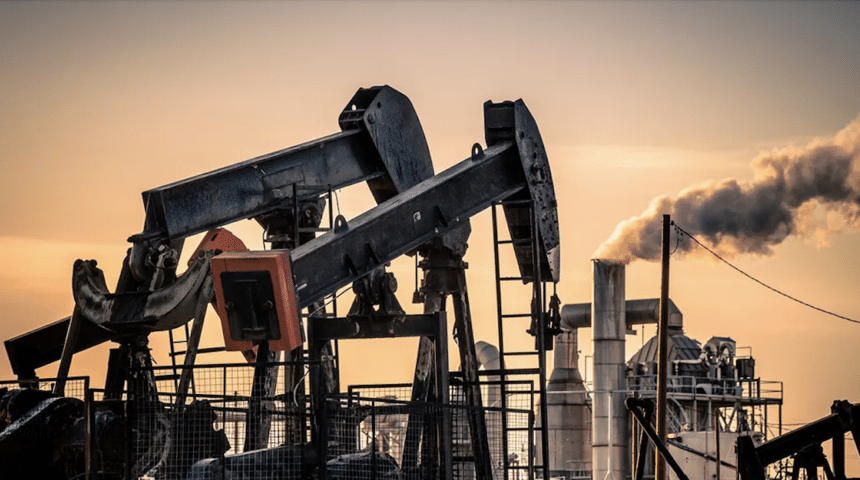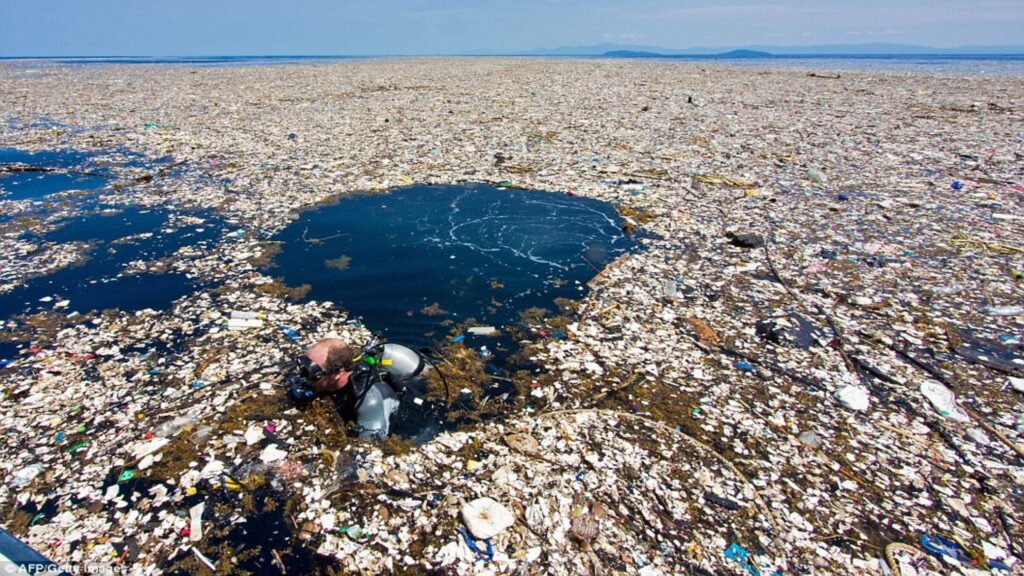
Did Fossil Fuel Industry Mislead Public about Plastic Recycling to Harm Environment for Profit?
Plastic is not designed to be recycled. When people put their used plastic products into their blue bins or most other designated containers, they become part of the global waste industry. Over $500 billion is generated each year within that marketplace. Its growth has followed a similar path to plastics production and trash generation increases, with actual recycling activities a minimal part of the overall work. Once your plastics get sent to waste-sorting facilities, they’re grouped into similar categories, baled, and sent for disposal or recycling. Although PET and HDPE are more recyclable, many other items are landfilled or burned.
Where Does Plastic End Up After It Goes to the Recycling Bin?
The United States produces 46.3 million tons of waste each year. That equates to nearly 300 pounds per person. Once these disposable items have reached the home, they’ve already harmed the environment. [[1]] Most plastics are made from fossil fuels while using energy-intensive processes that create hazardous chemicals and release greenhouse gases.
Once the items are discarded, less than 10% of the plastic goes through a recycling process. It isn’t easily or widely reused, even though several decades of messaging have caused society to think that way. [[2]] The truth is that gas and petroleum companies make most of our plastics. Beverage companies rely on these items for bottling products. Both industries use recycling as a marketing device to help people feel there aren’t problems to worry about once they’re finished with the item.
Most people think to just pitch it into the blue bin, and that bottle becomes something new. For most plastics, that doesn’t actually happen. [[3]]
Most Plastics Receive One of Four Outcomes
According to the Environmental Protection Agency, plastics are typically managed in one of four ways. If the items don’t make it to a recycling facility, they’re either landfilled, littered, or incinerated. Approximately 16% of the plastic materials that American consumers throw away each year are sent to an incinerator. Most of it goes to a landfill, even though people are trying to follow the recycling rules to reuse those materials. [[4]]
When plastics break down into the environment, they become tiny particles contaminating our water, air, and food. Microplastics can even accumulate in our bodies to trigger illness and disease. [[5]] Plastic production is expected to double by 2050. The best way to help the environment is to stop using items with this material, but that’s easier said than done.
Why Is Plastic Difficult to Recycle?
Although we think of plastic products as a single material, it’s actually a combination of several different chemicals and hydrocarbons. Most companies use petroleum to make them because it’s cheaper than producing usable hydrocarbons from plant-based resources. The fossil fuel industry produces over 6,000 different products from petroleum, including antiseptics, perfumes, and nail polishes. [[6]]
If plastic products get recycled, the individual base materials must be isolated and recovered to make something reusable. That takes time and money, so it usually costs less for the industry to produce something new instead of reusing something already made.
We can make environmentally friendly plastics from plants and reusable materials, but we don’t because of profits. Industry insiders have known this since 1974. [[7]] For five decades, millions have been spent telling people to recycle plastics. If people think that this process works, they’ll be less concerned about the environment and consume more plastic products.
Has the Public Been Misled About Plastic Recycling Practices?
Did you know plastic materials can only be recycled once or twice before degrading to an unusable state? In the 1990s, a surge in advertising told the public that plastic is exceptional, and that everyone could and should start recycling it. [[8]] Those advertisements weren’t paid for by companies trying to improve the environment. They came from DuPont, Dow, Chevron, Exxon, and lobbying organizations based in DC.
Many of the industry’s initial research and documentation show that industry officials knew plastic recycling was contrary to the public message. In 1973, a report was written that told petroleum and plastics industry leaders that recycling was unlikely to happen because you cannot recover something that has become obsolete. That document was buried in the files of an industry consultant that was found at Syracuse University. It told everyone that sorting and recycling activities were “infeasible” and “costly.”
It’s the same story in the 1980s. Executives from all the major petroleum and plastics companies held a private meeting because they were concerned about the deteriorating image of plastics. That meeting led to the development of a comprehensive campaign to encourage plastic use, and then build up the concept of recycling. People see glossy digital, print, and broadcast marketing pitches that show how plastic recycling can happen when the process is perfect. What they don’t see are the stacks of unwanted waste bales sitting outside facilities worldwide. [[9]]
When a company’s job is to sell oil, recycled products become competition. Those short-term profits and misleading messages about recycling have led to 25 trillion microplastics in the world’s upper oceans. [[10]] Ask questions. Be conscious of the manufacturing processes for each product you use. Then ask your community about what efforts are being made to encourage plastic recycling. We can be the change that the petroleum industry is pretending to be.
[[1]] https://www.science.org/doi/10.1126/sciadv.abd0288
[[2]] https://www.epa.gov/facts-and-figures-about-materials-waste-and-recycling/plastics-material-specific-data
[[3]] https://article.images.consumerreports.org/prod/content/dam/surveys/Consumer_Reports_AES_May_2021
[[4]] https://www.epa.gov/sites/default/files/2015-04/documents/a_citizens_guide_to_incineration.pdf
[[5]] https://www.nationalgeographic.com/environment/article/microplastics-are-in-our-bodies-how-much-do-they-harm-us
[[6]] https://innovativewealth.com/inflation-monitor/what-products-made-from-petroleum-outside-of-gasoline/
[[7]] https://www.npr.org/2020/09/11/897692090/how-big-oil-misled-the-public-into-believing-plastic-would-be-recycled
[[8]] https://www.youtube.com/watch?v=Gb860qZ40H4
[[9]] https://www.businessnewsdaily.com/10151-how-to-influence-consumer-decisions.html
[[10]] https://www.sciencedaily.com/releases/2021/10/211027122120.htm


